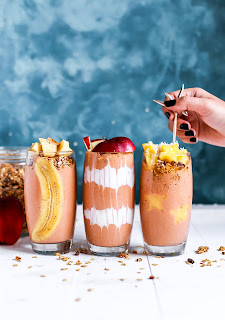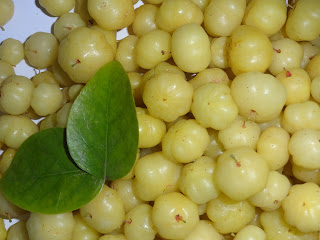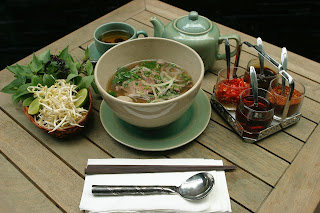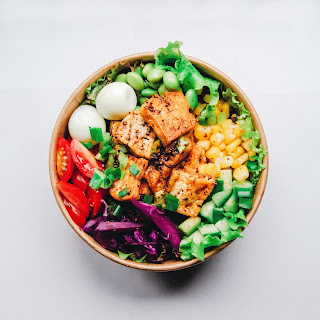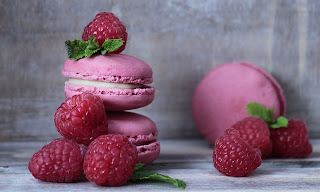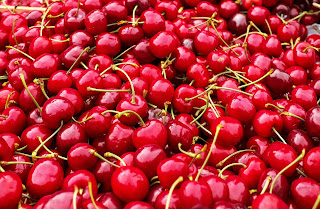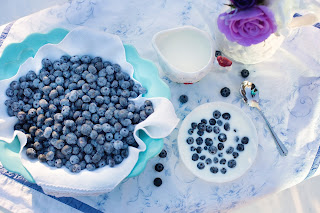Difference between Normal Rice and Basmati Rice
Introduction
Have you ever wondered what the difference is between normal rice and basmati rice? If so, you're not alone. These two types of rice are often used interchangeably, but there are actually some key differences between them. In this blog post, we'll take a closer look at the difference between normal rice and basmati rice. We'll explore the different characteristics of each type of rice, as well as how they're typically used in cooking. By the end, you should have a better understanding of which type of rice is right for your next meal.
Nutritional value
Basmati rice is a long-grain, aromatic rice. It is light and fluffy, and has a nutty flavor. Basmati rice is a good source of thiamin, niacin, and vitamin B6. Basmati rice is also a good source of iron and magnesium.
Basmati rice has more calories than regular rice, but it is also more filling. Basmati rice has a lower glycemic index than regular rice, which means that it does not cause spikes in blood sugar levels. Basmati rice is a good choice for people with diabetes or those who are trying to lose weight.
Basmati rice vs normal rice
There are two main types of rice consumed in India - basmati and non-basmati. Basmati rice is a long grain, aromatic rice. It is light and fluffy, and has a nutty flavor. Non-basmati rice is shorter and thicker than basmati, and has a less pronounced flavor.
Basmati rice is more expensive than non-basmati rice, due to its longer grain size and unique flavor. Basmati rice is also drier than non-basmati rice, which means that it takes less water to cook. Basmati rice is traditionally used for special occasions such as weddings or festivals, while non-basmati rice is more commonly used for everyday meals.
So, what’s the difference between basmati and normal rice? Here are some key points:
– Basmati Rice is longer and thinner than normal rice
– Basmati Rice has a nutty flavor, while normal rice does not
– Basmati Rice takes less water to cook than normal rice
– Basmati Rice is more expensive than normal rice
How to cook basmati rice
To cook basmati rice, rinse the rice in a fine mesh strainer and then place it in a saucepan with 1 and 1/2 cups of water. Bring the water to a boil over high heat, then reduce the heat to low and cover the pan with a tight fitting lid. simmer for 12 minutes, or until the water is absorbed and the rice is cooked through. Remove the pan from the heat and let it sit for 5 minutes to absorb any remaining moisture. Fluff the rice with a fork before serving.
Difference in Appearance
Basmati rice is a long grain, aromatic rice. It is light brown in color and is about twice the size of a grain of regular rice. The grains are also thinner and longer than other types of rice. Basmati rice has a nutty flavor and a slightly chewy texture.
Normal rice is shorter and plumper than basmati rice. It is white or off-white in color and has a much milder flavor. The grains are also shorter and rounder than basmati rice. Normal rice is more starchy than basmati rice and has a softer texture.
Difference in Aroma
The difference in aroma between normal rice and basmati rice is quite distinct. Basmati rice has a much more pronounced and intense flavor, while normal rice is much more mild. This difference is due to the fact that basmati rice is aged for a longer period of time than normal rice, allowing the flavors to develop more fully.
Difference in Flavor
It is often said that basmati rice has a more delicate and nutty flavor as compared to normal rice. This is because of the difference in the way they are grown and processed. Basmati rice is typically grown in the foothills of the Himalayas and is aged for at least a year before it is harvested. This aging process allows the rice to absorb more flavors from the environment, resulting in a more complex flavor profile. In contrast, normal rice is typically grown in flat, low-lying areas and is harvested much sooner. This results in a more neutral-tasting grain.
Difference in Cooking Time
When it comes to cooking rice, there is a big difference between normal rice and basmati rice. Basmati rice takes less time to cook, making it a great choice for busy weeknight dinners. Normal rice can take up to 30 minutes to cook, so if you're in a hurry, basmati is the way to go.
Which is Healthier?
The debate of which rice is healthier has been going on for some time now. While both have their own unique nutritional benefits, basmati rice is generally considered to be the healthier option. Here's a look at why:
Basmati rice is lower in calories and carbs. A cup of basmati rice contains about 30% fewer calories and carbs than a cup of normal rice. This makes it a great option for those watching their weight or managing diabetes.
Basmati rice is also higher in protein and fiber. These nutrients are important for keeping you feeling full and satisfied after eating. They can also help improve your digestive health and blood sugar levels.
Finally, basmati rice contains more vitamins and minerals than normal rice. This includes vitamins B1, B6, and iron. These nutrients are essential for energy production, metabolism, and overall good health.
Conclusion
Basmati rice is a long grain, aromatic rice. It is light and fluffy, with a nutty flavor. Basmati rice is traditionally used in Indian and Pakistani cuisine. Normal rice is a short or medium grain rice. It is denser and chewier than basmati rice, with a slightly sweet flavor. Normal rice is used in many cuisines around the world, including Chinese, Japanese, Thai, and Korean cuisine.
 Reviewed by Desh Magazine
on
October 31, 2022
Rating: 5
Reviewed by Desh Magazine
on
October 31, 2022
Rating: 5

